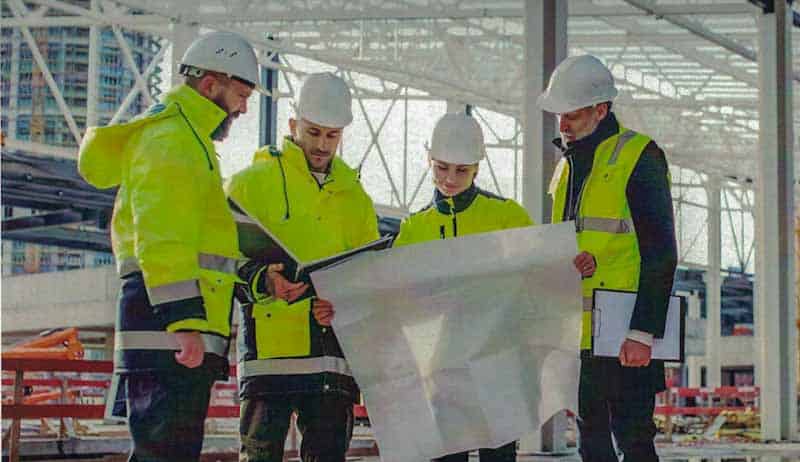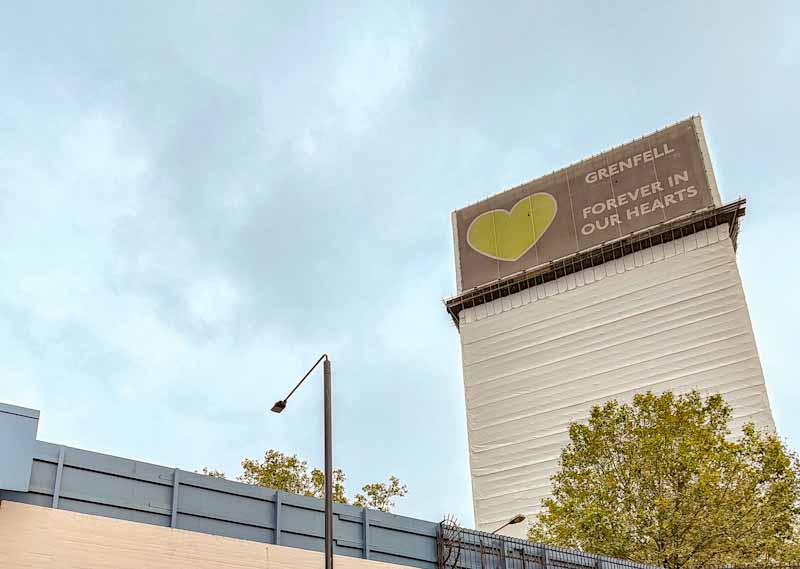It should be clear to readers by now that I am not a lawyer. My interest is in the practical application and compliance with occupational health and safety (OHS) laws. Those laws often encouraged employers to look for the source of workplace harms and hazards, with government agencies advising that addressing these causes is the most effective and cost-effective way to manage OHS. In this context, it seems to me that clients can significantly influence OHS, as they may be a major source of work-related harms and risks. But their role is often downplayed.
Category: procurement
Construction Safety Reform Begins When Government Commits
The Construction Industry Culture Taskforce (CICT) has released a significant report about the pilot projects for its Culture Standard for the Construction Industry. It claims some significant changes in productivity, diversity and occupational health and safety (OHS).
According to a media release by the Australian Constructors Association (ACA) accompanying the report:
New shining stream of safety research funds
Last week, RMIT University launched the Safety and Health Innovation Network (SHINe), a new safety, health, and wellbeing research fund that will work collaboratively with the University of Colorado’s Construction Safety Research Alliance (CSRA) and others. This is a promising source of funds for new occupational health and safety research in the construction industry. SafetyAtWorkBlog attended the launch and was able to talk exclusively about the program with Distinguished Professor Helen Lingard.
“…the system isn’t broken. It was built this way” – Grenfell Tower and OHS
The inquiry report into the Grenfell Tower fire has yet to be seriously considered from the other side of the world. However, the report is being mentioned in Australia’s emergency services and fire sectors. The inquiry has been thoroughly followed and analysed in the United Kingdom, and many excellent summaries have been published in newspapers, books, and podcasts. Australia’s cladding debate has not been to the same extent as the UK. Still, the UK’s structures, policies, processes, business ethics and neglect are certainly mirrored in Australia, which directly impacts how workplace health and safety operates here.
Ballarat ups the OHS best practice in procurement
Six months ago, trade unions and occupational health and safety (OHS) advocates protested outside the Ballarat Council offices over the awarding of a construction contract to Pipecon, a company that was prosecuted over the deaths of two workers in a trench collapse several years earlier. Last week, the council decided to upgrade its procurement practices to provide further weight to the OHS performance of tenderers. In effect, it established a new level of “best practice” by local councils in Victoria.
OHS tidbits from the latest Productivity Commission Report
On March 17 2023, the Australian government released the Productivity Commission’s latest 5-year Productivity Inquiry report. At well over a thousand pages, few people are going to read it to the level it deserves. Nor will I, but I have dipped into it and found a couple of important comments that relate directly to the management of occupational health and safety (OHS).
Any OHS strategy needs to generate spillovers
Reading Safe Work Australia’s latest ten-year strategy forced me to think creatively.
SWA’s discussion of Persistent Challenges suggests controls that are almost all at the Administrative Control level – education, awareness, knowledge, training, understanding, support, communication and more. This is after admitting that:
“Injury and fatality rates have fallen significantly over the last decade. However, progress has slowed.”
Page 5
How can we increase the use of the Hierarchy of Controls (HoC) in determining safety-related policy? How can we get organisations to progress up the control hierarchy to show others that it is possible to prevent all of the incidents that everyone agrees are preventable? (Refer to WorkSafe Victoria’s Colin Radford for a recent example of this belief:
“Every workplace incident, every injury, every illness, every death is entirely unequivocally preventable.”)






